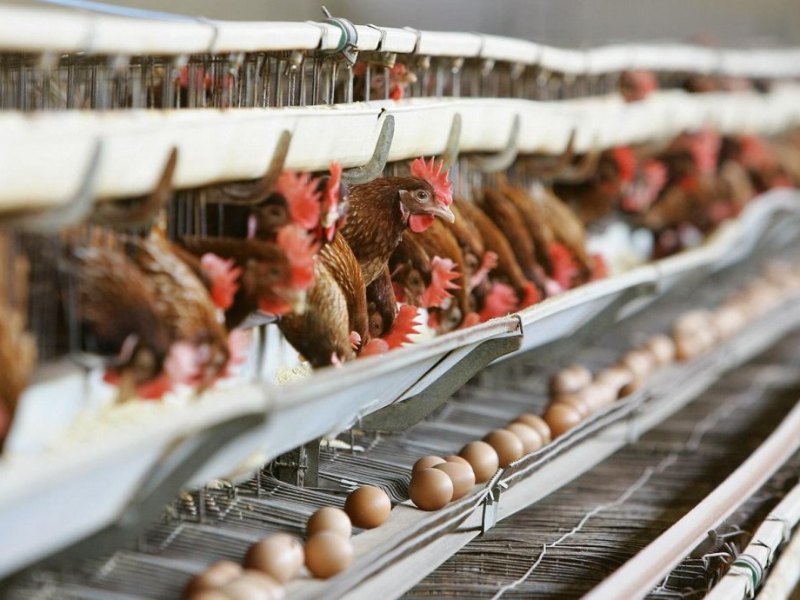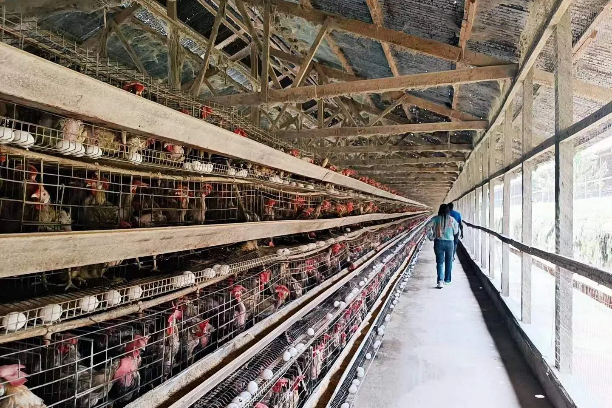
Design of 5,000 Laying Hens Farm in Kenya
Starting a poultry farm for 5,000 laying hens in Kenya involves meticulous planning and design to ensure optimal productivity and sustainability.
Starting a poultry farm for 5,000 laying hens in Kenya involves meticulous planning and design to ensure optimal productivity and sustainability. This article outlines the essential steps and considerations in the design of 5,000 laying hens farm in Kenya, focusing on location selection, housing design, feeding management, and health and welfare practices.
Site Selection of 5,000 Laying Hens Farm in Kenya
Choosing the Right Environment
The first step in the design of 5,000 laying hens farm in Kenya is selecting an appropriate location. The site should have good access to roads for easy transportation of supplies and eggs, access to clean water, and be free from pollutants and predators. Additionally, the climate of the area should support poultry farming, with moderate temperatures and low humidity to reduce the risk of disease and heat stress.
Land Requirements and Layout
For a 5,000 laying hens farm in Kenya, approximately 3 to 5 acres of land is required. This space will accommodate the hen houses, feeding areas, storage facilities, and administrative buildings. The layout should be designed to minimize the movement of staff and materials, reducing the risk of spreading diseases among the hens.
Housing Design of 5,000 Laying Hens Farm in Kenya
Structure and Ventilation
The housing design is crucial in the design of 5,000 laying hens farm in Kenya. The hen houses should be spacious enough to provide at least 1.5 square feet per hen, which is critical for their health and egg production. Proper ventilation is essential to remove excess heat and moisture and to provide fresh air, helping to control temperatures and reduce the buildup of harmful gases.
Lighting and Security
Adequate lighting is necessary to maximize egg production, as hens require about 16 hours of light per day. Security measures such as fencing and secure doors are also crucial to protect the hens from predators and theft, which are common challenges in rural Kenya.
Feeding and Water Systems of 5,000 Laying Hens Farm
Efficient Feeding Mechanisms
In the design of 5,000 laying hens farm in Kenya, it is important to implement an efficient feeding system. Automated feeders can distribute feed evenly and reduce waste. The design should also include storage facilities for feed that protect against moisture and pests.
Water Access
Constant access to clean water is essential for the health of laying hens. The design of 5,000 laying hens farm in Kenya should include a reliable water system with backups in place, such as water tanks, to ensure that water supply interruptions do not affect the hens.
Health Management and Biosecurity of 5,000 Laying Hens Farm
Disease Prevention and Control
Health management is a critical component in the design of 5,000 laying hens farm in Kenya. The design should include facilities for quarantine and the isolation of sick birds to prevent the spread of disease. Regular vaccinations and health checks should be planned to maintain the health of the flock.
Biosecurity Measures
Implementing strict biosecurity measures is necessary to protect the flock from diseases. This includes controlling access to the farm, using foot dips, and maintaining a clean environment. Staff training on biosecurity practices is also essential.
Conclusion
The design of 5,000 laying hens farm in Kenya requires comprehensive planning and attention to detail in aspects such as site selection, housing, feeding, and health management. By addressing these key areas, farmers can ensure the success and sustainability of their poultry operations, leading to profitable and efficient egg production. This design not only supports the economic goals of the farm but also enhances the welfare of the hens, leading to better productivity and quality of produce.

